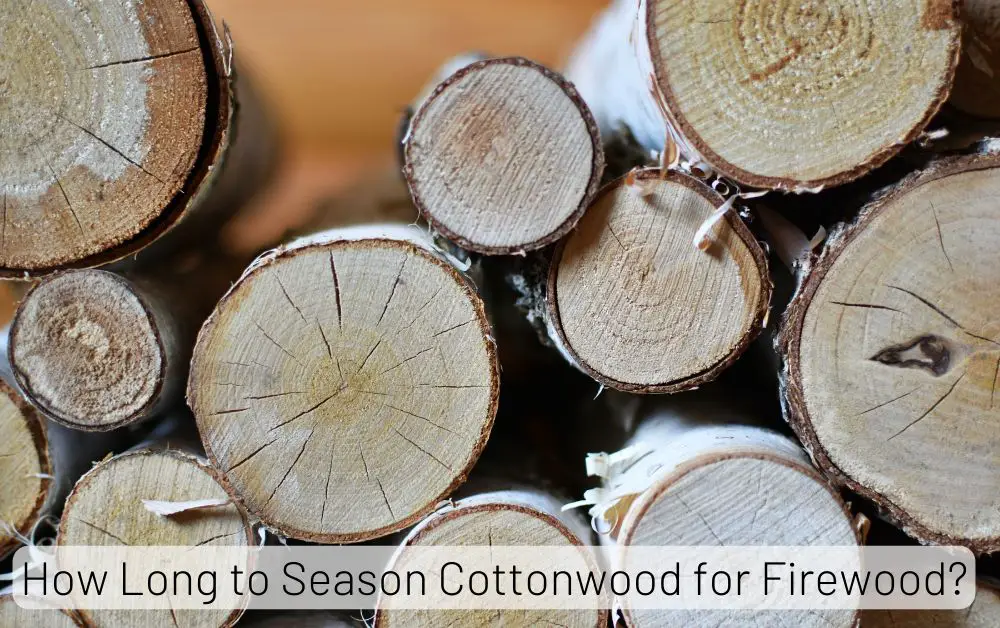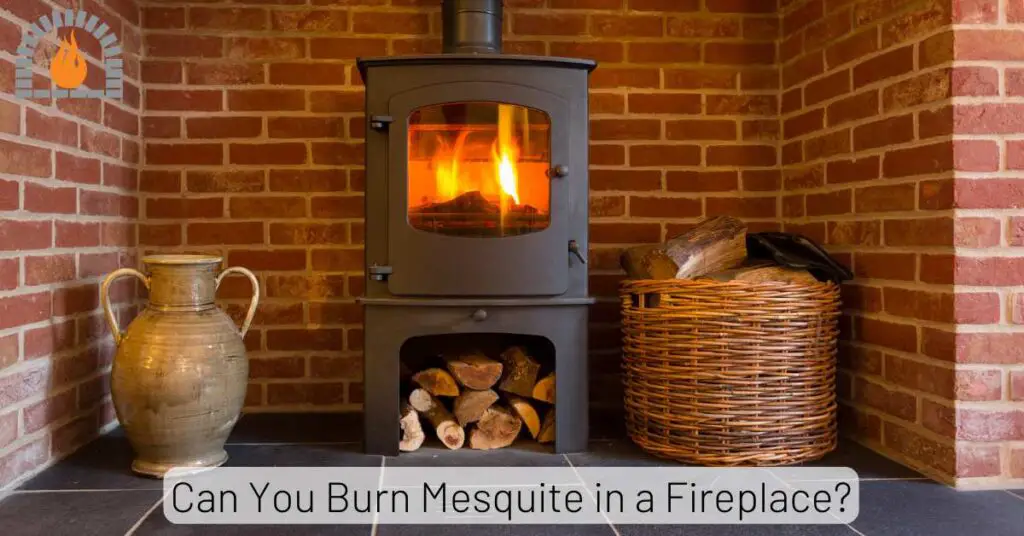In a world where environmental consciousness is rising, and sustainable practices are becoming increasingly crucial, whether burning cardboard is illegal has become significant. Cardboard, ubiquitous in our daily lives, is used for packaging, shipping, and many other purposes.
As we grapple with the consequences of our actions on the planet, it’s essential to understand the legal implications of seemingly innocuous activities. So, is burning cardboard illegal?
Overview
In the United States, no single federal law says you can’t burn cardboard. But here’s the catch: each state has rules about burning stuff, including cardboard. So, even though there’s no explicit law for the whole country regarding burning cardboard, you could still get into trouble for burning cardboard, depending on where you are.
| State | Burning Cardboard Legal? | Fine for Illegal Burning |
|---|---|---|
| Alabama | No | $1,000 and jail time of up to six months. |
| Alaska | Yes, With burn permit. | $1,000 (With out permit) |
| Arizona | No | $200-$1,000 |
| Arkansas | No | $1,000-$5000 |
| California | No | $25,000 and prison |
| Washington, D.C. | No | $10,000 |
| West Virginia | No | $10,000 |
| Wisconsin | Yes (Small amounts and) | $1,000 (If violate the limit) |
| Wyoming | Yes (Permit is required? | $1,000 (With out permit) |
Is Burning Cardboard Illegal?
Yes and No.
In the United States, no single federal law prohibits the burning of cardboard. However, the situation is nuanced because each state has regulations concerning burning materials, including cardboard.
Certain states permit the burning of cardboard and other household waste, provided a permit is obtained, and there are limitations on the quantity of waste burned. On the contrary, other states have stringent rules and impose fines for burning cardboard. It’s crucial to be aware of and adhere to the specific regulations in your state regarding outdoor burning activities.
Can I Burn Cardboard Boxes Outside?
No, burning cardboard boxes outside can lead to significant fines and possibly even six months in prison. Ensure you get a permit from your local administration before burning household trash, including cardboard.
How To Burn Cardboard Safely?
Burning cardboard can release harmful chemicals and pollutants into the air, so it’s generally not recommended. Recycling is a more environmentally friendly option.
However, if burning is necessary for some reason, follow these guidelines to do it as safely as possible:
-
Before burning anything, check with your local environmental or fire department to ensure that burning cardboard is allowed. Many areas have strict regulations against open burning.
-
If burning is allowed, choose an open area away from buildings, trees, and other flammable materials. With minimal wind, ensure the weather conditions are suitable to prevent the fire from spreading.
-
Use a designated burn barrel or fire pit to contain the fire if possible. This helps control the burn and reduces the risk of the fire spreading.
-
Remove any plastic, tape, or other non-cardboard materials from the boxes. These materials can release toxic fumes when burned. Break down the cardboard into small pieces to facilitate even burning.
-
Do not use accelerants such as gasoline or lighter fluid to start the fire. This can lead to uncontrolled flames and increase the risk of injury.
-
Never leave the fire unattended. Keep a close eye on it to ensure it remains contained and doesn’t pose a risk to the surroundings.
-
Keep a hose, bucket of water, or fire extinguisher nearby to quickly control the fire if it spreads or becomes too large.
-
Be aware of wind direction and smoke production. If the smoke blows towards populated areas or the air quality deteriorates, extinguish the fire immediately.
-
Once you’re done burning, make sure the fire is completely extinguished. Use water or a fire extinguisher to ensure that no embers remain.
Related Post: Is It Safe To Burn Paper With Ink On It?
Environmental Impact of Cardboard Burning
Burning cardboard might seem like a quick fix, but the environmental fallout is far-reaching.
As flames devour this seemingly innocuous material, they release harmful chemicals into the air, contributing to pollution and compromising air quality.
Alternatives to Burning Cardboard
There are several environmentally friendly alternatives to burning cardboard. Here are some options:
-
Recycling: Recycling is one of the best ways to dispose of cardboard. Most areas have recycling programs that accept cardboard. Break down the cardboard boxes and place them in your recycling bin.
-
Composting: If the cardboard is free of contaminants like tape and labels, you can compost it. Shred the cardboard into small pieces and add it to your compost pile. Cardboard provides carbon-rich material, balancing the nitrogen-rich content of kitchen scraps and green waste.
-
Reuse: Before discarding cardboard, consider if it can be reused. Boxes can be handy for storage, moving, or shipping items. You can also use cardboard for craft projects or as a weed suppressant in the garden.
-
Donate: If the cardboard boxes are in good condition, consider donating them to local charities, schools, or businesses. Many organizations can make use of sturdy boxes for storage or moving.
-
Cardboard Mulch: Shredded cardboard can be used as mulch in gardens. It helps retain moisture, suppress weeds, and eventually breaks down, contributing organic matter to the soil.
-
Worm Bins: Cardboard can be used in vermicomposting (composting with worms). Shred the cardboard into small pieces and add it to a worm bin along with kitchen scraps. Worms will break down the cardboard, and their castings make excellent fertilizer.
-
Paper Bricks: Soak shredded cardboard in water, press it into molds, and let it dry to create paper bricks. These can be used as a fuel source in wood stoves or fireplaces.
-
Local Waste Management Programs: Check with your local waste management authority for specific guidelines on cardboard disposal. Some areas have particular drop-off locations or scheduled pickups for cardboard recycling.
Related Post: How To Get Rid of Hornets in Chimney?
Affiliate Disclosure: Fireplaceadviser.com is a participant in the Amazon Services LLC Associates Program. We may earn a commission when you click on certain links on this site and purchase.

Hello!! I am Jamal Khan. I often fix my home electric heaters and gas stove problems and research the common issues in the heating units to improve my knowledge and expertise. The aim of establishing fireplaceadviser.com is to share my expertise and knowledge with my audience.


















